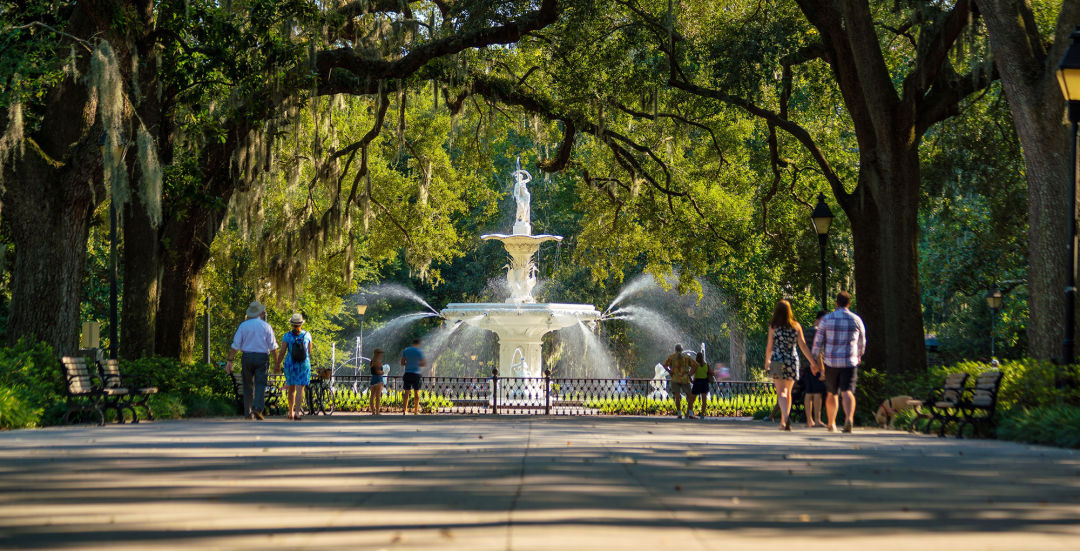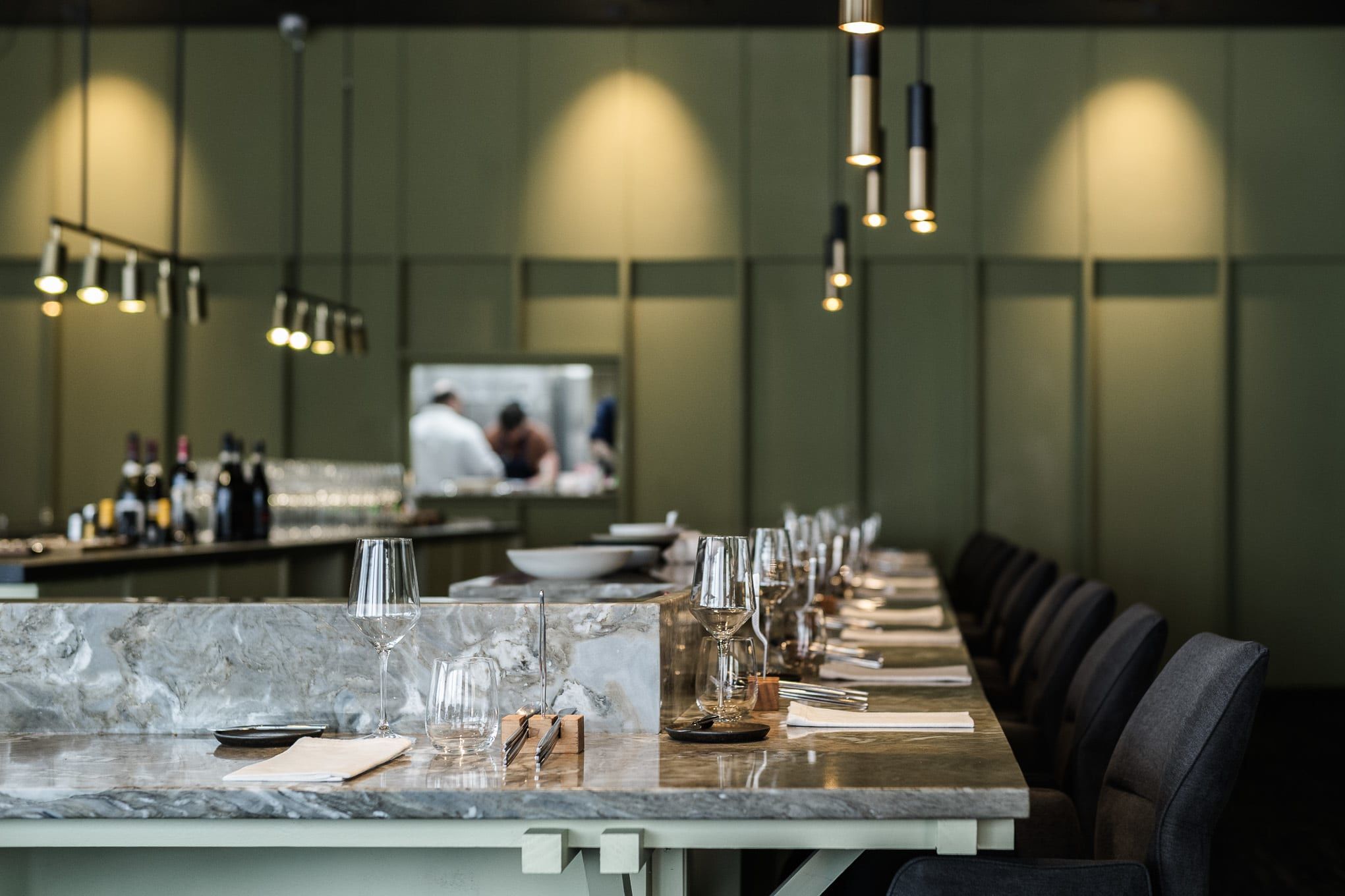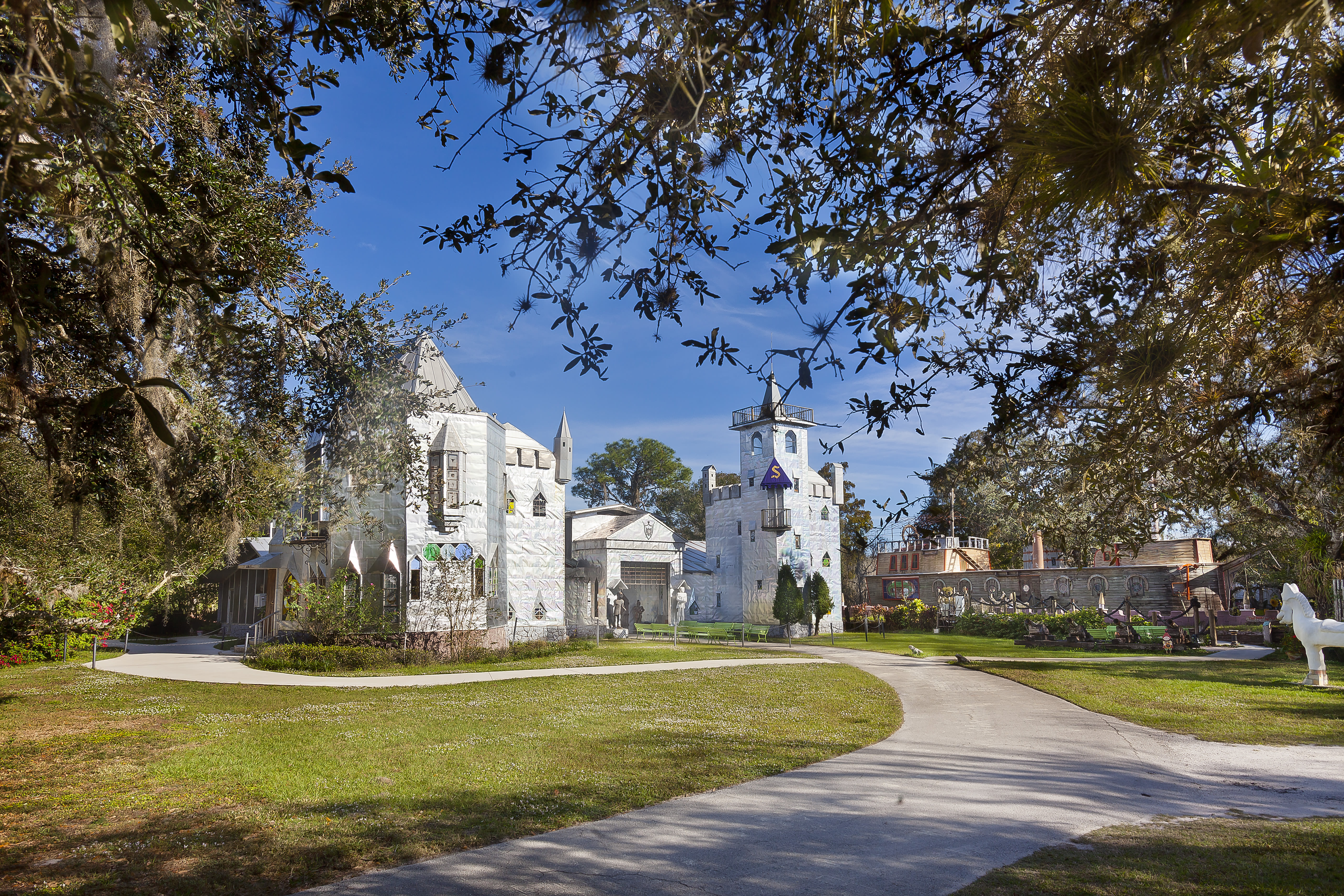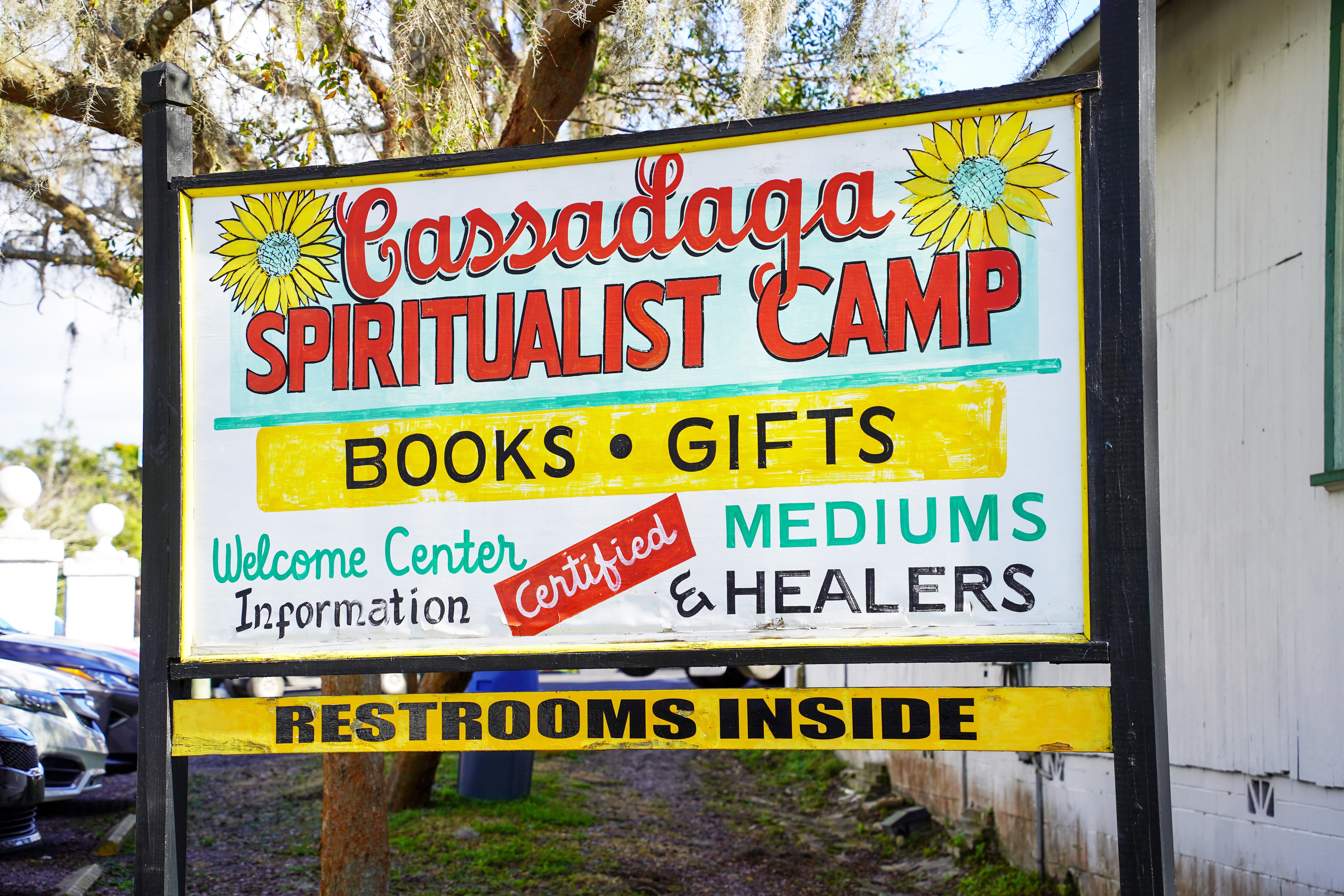The History Lover's Guide to Savannah

Image: Shutterstock
Just like the Spanish moss hanging from its oak trees, Savannah, Georgia, is dripping with history. It’s the perfect spot for a history buff to spend a weekend—and since it’s just a six-hour drive from Sarasota, it’s an easy trip, too.
Savannah was founded in 1733, when Gen. James Oglethorpe and 120 passengers on the ship Anne docked on the Savannah River. Upon landing, Oglethorpe befriended Tomochichi, a local Yacamaw Indian chief, who agreed to let Oglethorpe and his passengers settle.
During the Civil War, Gen. William Tecumseh Sherman spared the city during his infamous March to the Sea. The story goes that when he arrived in Savannah, he was so taken by its beauty that he couldn’t destroy it; instead, he telegrammed President Lincoln, offering it as a Christmas present. And although Savannah was later ravaged by devastating fires, it always managed to rebuild. Today, it’s not only one of the most beautiful cities in the U.S., it’s also jam-packed with historic landmarks.
To dig into the city’s history, you’re going to want to get on a trolley tour. There are a number of them, ranging from those that let you hop on and off to all-day affairs or those with special attractions. We chose Old Savannah Tours, which stages live reenactments along the way—from Forrest Gump on his bench in Chippewa Square to a pirate in front of The Pirates House, still in operation after 264 years. They’re cheesy, but they’re fun.
Our favorite part of the tour was learning about the city’s notable women. When you think of Savannah, the phrase “pioneering women” might not be the first thing that comes to mind. But conversations about the city’s history lead to a litany of ladies’ names. (And no, we’re not talking about Paula Deen.)
There’s Juliette Gordon Low, who founded the Girl Scouts in 1912, and whose legacy lives on in Girls Scouts’ millions of members and alumna. Or Mary Telfair, who founded the women-run Telfair Hospital for Females in 1886 and, upon her death in 1883, established the Telfair Museums. Or Fanny Kemble Butler, an acclaimed British actress who became an unlikely abolitionist upon her relocation to Savannah during the Civil War years. Or Mother Matilda Beasley, the first black nun in Savannah, who founded an orphanage and also ran a secret and illegal school to educate slaves.
Along with history, Savannah is gaining a reputation as a food city. For breakfast, try Back in the Day Bakery, where you’ll find biscuits, pastries and coffee galore, all with a retro vibe. If it’s lunchtime, join the queue outside Mrs. Wilkes Dining Room on Jones Street and indulge in family-style Southern favorites, like fried chicken and macaroni and cheese.
For dinner, get a table at Chef Mashama Bailey’s buzzed-about The Grey, which is located in a former Greyhound bus terminal and offers an eclectic variety of “Port City Southern” food for lunch and dinner. Don’t leave the city without having a scoop of Leopold’s Ice Cream, which has been serving customers since 1919. (We’re partial to the lemon custard.)
We stayed at the Mansion on Forsyth Park, a glamorous hotel in a historic brick building that’s part of Marriott’s boutique Kessler Collection. It had everything we wanted, including an excellent restaurant (700 Drayton) and spa. It’s located directly across from green, sprawling Forsyth Park.
If you spend the first day of your trip on the trolley, spend the second day wandering the streets. Savannah is stunning—there are those moss-draped trees, but also the abundance of picturesque squares (22 in all) and historic architecture. And “everything is human scale and walkable,” says Erica Backus of Visit Savannah. “You can walk through different periods of time.” Of note: the Owens-Thomas House, where, in addition to touring a historic mansion, you can take a somber step into still-intact slaves’ quarters; and the Andrew Low House, originally the residence of cotton mogul Andrew Low (the father-in-law of Juliette Gordon Low). William Makepeace Thackeray described it as “the most comfortable accommodations in America.”
Literature lovers will enjoy Flannery O’Connor’s home museum, and a lively walk down River Street, along the waterfront, is fun, too. At the SCAD Shop, you’ll find unique creations—paintings, crafts, woodwork, even shoes—made by Savannah College of Art and Design students. Broughton Street offers shopping of all kinds, from chain stores to local businesses. Our favorite discovery was The Paris Market, with home décor and accessories, as well as an adorable little coffee bar.



